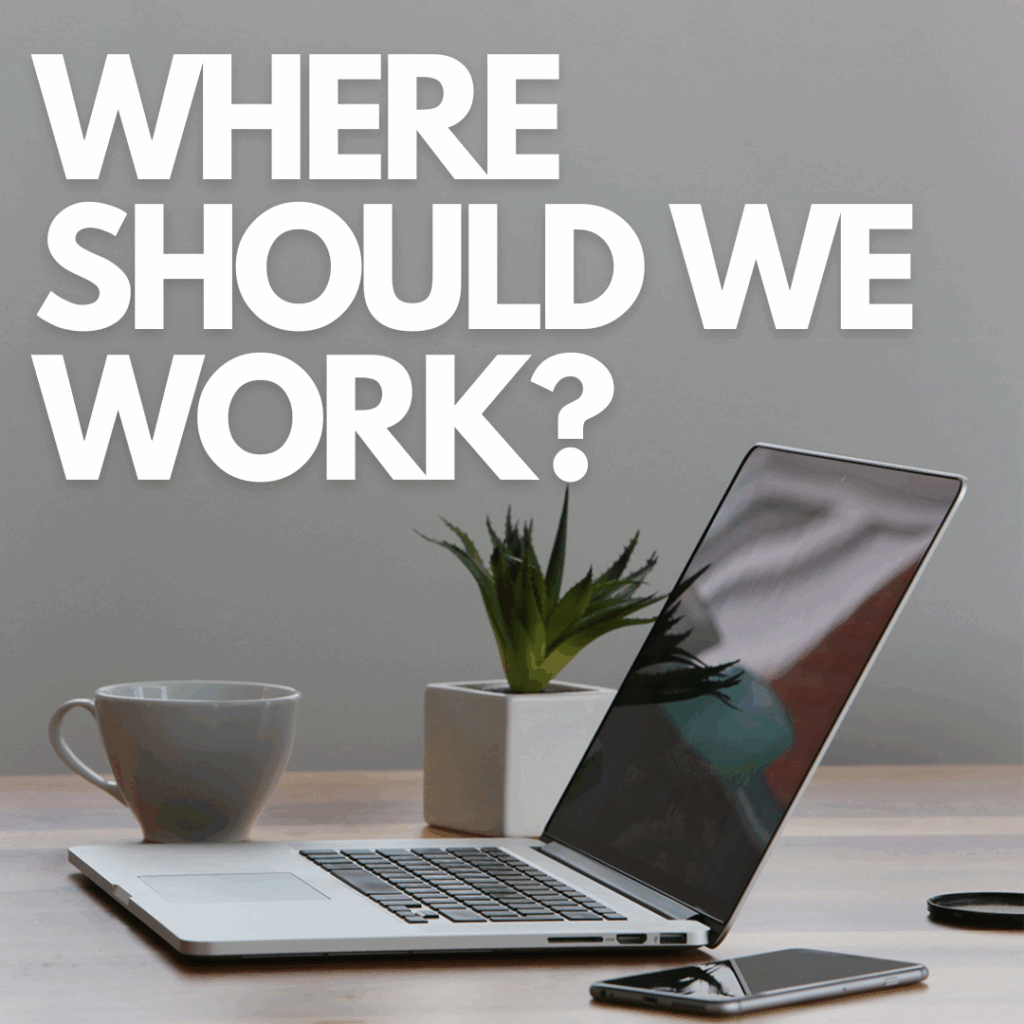A recent Federal Court decision awarded $305,000 to a young international student after finding her manager sexually harassed and then victimised her when she complained. It includes a record $160,000 in general damages for a sexual harassment case under the federal regime; an unmistakable signal that courts are treating this conduct, and poor responses to it, with the gravity it deserves.
This wasn’t a borderline dispute either. The Court accepted evidence that the manager asked intrusive sexual questions, displayed pornography during work-related errands, and used sex toys to touch the worker. When she reported the conduct, he sent defamation “concerns notices”, behaviour the Court found was unlawful victimisation, contributing to the size of the award.
For employers, the takeaway is straightforward: prevention is a legal and leadership obligation, not a box to tick after the fact. Since December 2023, following the introduction of the Respect@Work laws in 2022, the Australian Human Rights Commission (AHRC) has had powers to monitor and enforce the statutory positive duty to eliminate relevant unlawful conduct, including sexual harassment and related behaviours. That duty requires reasonable and proportionate steps to reduce risk before harm occurs.
At a glance
- 1 Aug 2025 – Magar v Khan [2025] FCA 874: Federal Court finds Sher “Sonny” Khan (former Mad Mex Norwest franchise manager) sexually harassed and later victimised a worker.
- Conduct included intrusive sexual comments/questions, pornography shown on a device, and sex toys used to touch her, mostly during work-related car errands in early 2023.
- After she spoke up, Khan sent formal defamation “concerns notices”; the Court held this was unlawful victimisation under the Sex Discrimination Act.
- Damages (record signal): $305,000 total: $160k general (record under the federal regime), $10k victimisation, $5k aggravated, $90k past and $40k future economic loss.
- The court noted power imbalance and criticised aspects of the defence as “offensive”/“scandalous.”
Your legal obligations under Respect@Work (2025 snapshot)
Australian organisations have a positive duty under the Sex Discrimination Act to take reasonable and proportionate steps to stop unlawful conduct before it occurs. That duty covers sexual harassment, sex-based harassment, sex discrimination, creating a hostile work environment on the ground of sex, and related victimisation. It applies to organisations and businesses of every size, across the public and private sectors.
The duty took effect in December 2022 and shifted the system from a complaints-led model to a prevention model. From 12 December 2023, the Australian Human Rights Commission (AHRC) also gained enforcement powers. In practice, that means the Commission can look into whether an organisation is meeting its duty, even where no individual complaint has been lodged.
When the AHRC assesses compliance, it uses its Guidelines for the Positive Duty as the benchmark and considers the organisation’s size, resources, and the practicality of measures taken. Where it finds problems, the Commission can run an inquiry, require information, issue a compliance notice, accept an enforceable undertaking, and, if needed, seek orders from the Federal Court to force compliance.
In short: the legal expectation now is active prevention backed by evidence (leadership, culture, risk management, safe reporting and response, and ongoing review) rather than policy documents that sit on a shelf.
Why this is a watershed case
1) The price tag has been recalibrated
This judgment didn’t tinker at the margins, it recalibrated what serious harm looks like in dollar terms. General damages reached a new high and the overall figure was eye-catching for a reason: courts are signalling that the impact of harassment is profound and long-lasting. If leaders are still treating this as a reputational issue first and a people-safety issue second, a serious reconsideration of priorities needs to be had.
2) “We have a policy” no longer cuts it
The law now expects proof of prevention, not good intentions. That means you need to show how you identify risk, what you do to reduce it, and whether those controls work. Think less about a PDF on the intranet and more about live evidence, risk maps, training that’s attended and assessed, multiple reporting channels that people use, and documented responses that hit clear timeframes.
3) Culture has moved from vibe to evidence
A permissive environment, where sexualised comments are brushed off as “banter” and boundaries slide, creates the conditions for abuse to flourish. The shift here is subtle but important: culture isn’t a soft topic anymore. It’s part of the factual matrix the court will consider. Leaders who intervene early and consistently will make sure they’re managing a foreseeable risk.
4) Retaliation is a red line, not a grey area
What happens after someone speaks up can be as consequential as the initial conduct. Cutting shifts, sidelining a worker, or firing off heavy legal letters -these aren’t “firm responses”, they’re actually classic forms of victimisation. This case makes clear that reprisals don’t just look bad, they can turbo-charge liability.
5) Power imbalances raise the duty of care
A young worker, an international student, a casual employee. These are people with more to lose and fewer safety nets. When a manager controls rosters, references, or hours, that power isn’t neutral. A sound prevention approach starts by acknowledging those dynamics and designing around them, especially with clear, communicated mechanisms to report that don’t run through the very person who holds the power.
6) One person can do the damage; the organisation still owns the fix
Yes, the misconduct in this case was a manager’s. But the expectation on employers is broader: create a workplace that doesn’t give misconduct room to breathe and respond decisively when it appears. Oversight, not distance, is what counts.
7) Defence tactics are now part of the story.
The way a respondent conducts themselves, inside and outside the courtroom, matters. Arguments that belittle, blame or pathologise a complainant don’t just fail the pub test; they can attract judicial criticism and increase damages. A trauma-informed, fact-focused response is the best way forward for a sound legal strategy.
8) High-risk contexts need engineered controls, not wishful thinking
Workplaces with young or migrant workforces, late or isolated shifts, and off-site errands need more than “be professional” reminders. Design the work so risks are harder to realise.
9) Regulators are watching, and they’re equipped.
If this case shows anything, it’s mainly that quiet compliance is well and truly over. Regulators now have the tools to ask, “Show us what you’re doing to prevent this.” If your answer relies on slogans and policy documents, you’ll struggle. If your answer is a set of living systems, risk controls, reporting data, response metrics, you’re in stronger territory.
10) Talent markets notice
People have long memories about how organisations handle harm. Candidates, unions, universities, and community groups talk. The upside of doing this well is real: safer teams, lower turnover, stronger trust.
Final thoughts
At Workplace Wizards we often remind our clients that flexibility is not the absence of structure, it’s just a more intentional version of it. As organisations continue to refine their approach to hybrid work, the priority shouldn’t be to reassert control or simply follow trends, it should be to lead with clarity.
That clarity includes being upfront about what the organisation needs, listening to what employees are experiencing, and designing systems that make room for both. It also means reviewing not just policies, but the way those policies are communicated, implemented, and adjusted over time.
The return-to-office conversation is not over and organisations that approach it with transparency, empathy, and a willingness to adapt will be better placed to navigate whatever comes next.
Sexual harassment is now covered by many areas of law including of workplace health and safety, anti-discrimination, workplace protections and more. We understand the overlapping legislative frameworks can be confusing and overwhelming, so if you need a hand in checking how your workplace is tracking against these or want to assess what steps you may need to take, we’re here to help.
It’s important to remember that addressing sexual harassment isn’t just about compliance, it’s about workplace culture. Our team is here to support you to determine what sort of initiatives could make a practical difference in your workplace, and how to make sure your workforce feel included in these changes.
Call Workplace Wizards today on 03 9087 6949 today or email at support@workplacewizards.com.au. Our team of lawyers and consultants can answer your queries, and discuss what actions your business could be taking.




Comments are closed.